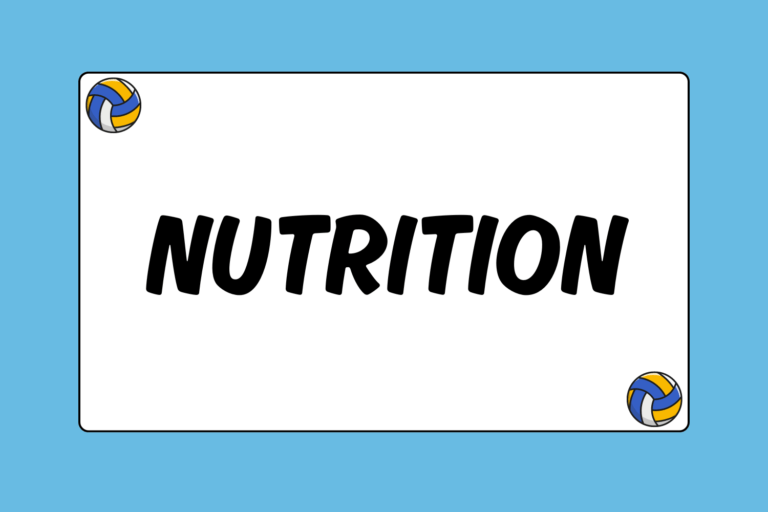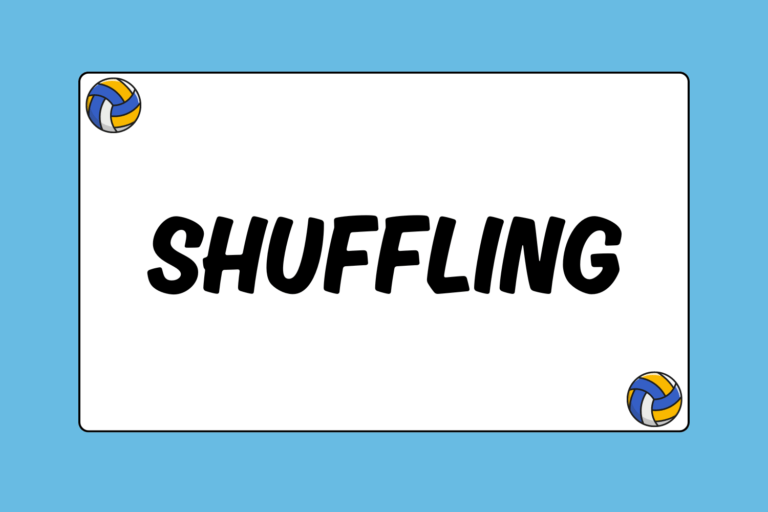Watching an exceptionally talented hitter in volleyball is like watching poetry in motion. The way her body floats through the air seems natural, almost like she was born knowing how to hit. But make no mistake, hitting is tough to learn. The art of attacking in volleyball requires quickness, agility, explosive power, and whole-body coordination.
That’s why the best way to master the art of attacking in volleyball is to break the process down into basic components. This guide will focus on one of the most fundamental aspects of spiking: The attack approach.
The Approach
The first thing any hitter should master is the attack approach. The approach can best be described as a systematic method for traveling from a player’s starting point to the ball. Generally comprised of a series of steps, the goal is to get in the best possible position to attack the ball.
The total number of steps you take during the approach will vary depending on personal preference (most hitters take either a three or four-step approach). The length and speed of one’s steps can also vary depending on the position of the ball. With so many variables, the attack approach can be difficult to teach because it requires you to replicate game speed and game situations. The good news is that one part of the approach never varies: The final two steps. That’s why the best place to start when learning the approach is at the end.
The Final Two Steps
Although they are referred to as steps, it might be easier to think of the final two steps of the attack approach as hops because they are tiny, quick steps that are not meant to cover distance. Rather, the purpose of the steps is to convert a player’s forward momentum to upward momentum.
For right-handed hitters, the sequence of the final steps is right foot, then left foot. And for left-handed hitters, the opposite is true: Left foot, then right foot.
The Rest of the Steps
Once you have mastered the last two steps, it’s time to add the other steps to the equation. Here is a quick breakdown of the rest of the steps for the three-step approach and the four-step approach:
Three-Step Volleyball Spike Approach
The first step of the three-step approach is often called the “distance” or “real estate” step because this is the step in which you should cover the most ground. Players should be sure to take a large first step in the direction of the ball. The sequence of steps differs depending on whether the hitter is right-handed or left-handed.
- Right-handed three-step approach: left (first step), right (second step), left (third step).
- Left-handed three-step approach: right (first step), left (second step), and right (third step).
Four-Step Volleyball Spike Approach
In the four-step approach, the first step is primarily a timing step (as opposed to a distance step). The purpose of the first step is weight transfer. By taking a small step forward, the hitter transfers her weight from a neutral position in order to burst forward. This small change allows the hitter to gain momentum quickly as she continues to accelerate through the full approach.
- Right-handed four-step approach: right (first step), left (second step), right (third step), left (fourth step).
- Left-handed four-step approach: left (first step), right (second step), left (third step), right (fourth step).
Timing
The most difficult part about spiking is the timing. When attacking, try to contact the ball at top of your jump, otherwise you’re not reaping the full benefits of all your hard work. Timing will vary for every player, but a good rule of thumb is to begin your approach once the ball has reached its highest point after leaving the setter’s hands.
Approach Perfection
Once you’ve learned the technique, the spike approach is a fairly simple maneuver. But remember, the approach is only one of several components needed to be an effective hitter in volleyball. So when you feel like you’ve mastered the approach, take a few minutes to check out more Sportmentary guides on spiking technique.





